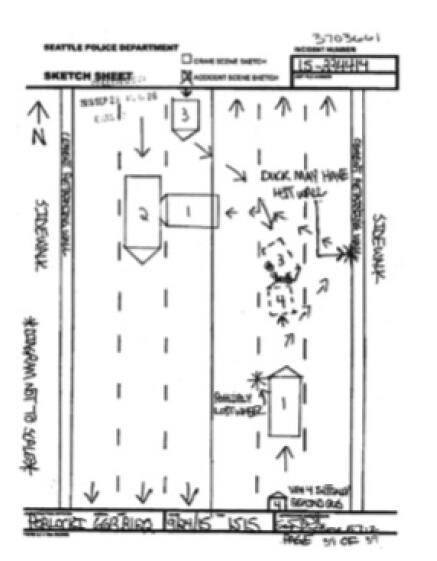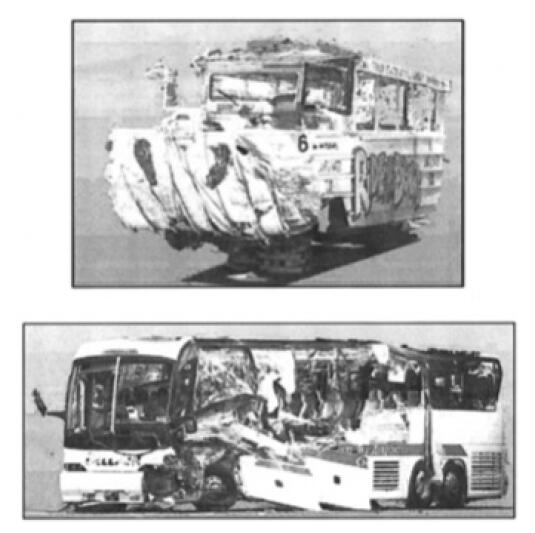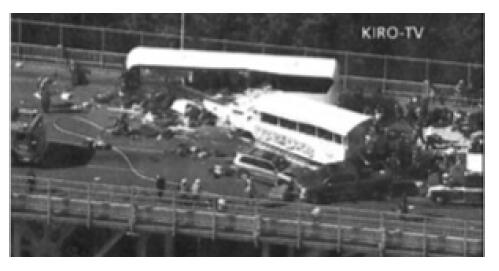Chapter 7
| Jurisdiction | United States |
"A picture is worth a thousand words."
Aphorism
A. Pretrial Visual Persuasion
Today's litigations predominantly end pretrial as a result of case dismissal or through some form of alternative dispute resolution (ADR)—settlement conference, arbitration, or mediation. Visuals can play an important role in your pretrial pleadings and in ADR. Visuals can be aimed at persuading your audience (your opponent, a mediator, an arbitrator, or a judge—not to mention the public) of the justness of your cause. In this chapter, we discuss incorporating visuals into your pleadings, selecting a mediator who favors visual presentations, using visuals in presenting your case during ADR, and what constitutes effective visuals for ADR.
B. Pleadings
In Chapter 3 on opening statements, we discussed the importance of using narrative visuals to communicate your compelling case story to a jury or a judge in a bench trial. In pretrial, your pleadings can communicate that compelling story to other audiences—your client, your opponent, an arbitrator or mediator, the judge, and the public. Like an opening-statement story, your pleadings should tell a story about human beings (a protagonist and an antagonist), values shared by the audiences. And the pleadings can have a case theme.
To illustrate how narrative visuals can effectively tell the case story, consider the original complaint1 that was filed in what has been referred to as the "Ride The Ducks" case.2 As we mentioned in previous chapters, Ride The Ducks (RTD) of Seattle was a tourist attraction in Seattle, Washington. Tourists aboard a World War II amphibian landing craft traveled from Seattle's downtown waterfront to Lake Union where it entered the water and traveled around the lake before returning to downtown. Along the route, the Captain (driver) entertained the passengers and described the city's sites.
The factual statement in the complaint powerfully told the plaintiff's story of what happened with visuals, as follows:
...III. Facts 3.1 About 11:11 a.m. local time on Thursday September 24, 2015, a 1945 GMC DUKW No. 6—an amphibious military vehicle modified and remanufactured for tour operations by RTD International, and operated by RTD Seattle—was traveling northbound in the center lane on the SR 99 Aurora Bridge at approximately block no. 2900.00, 1000 feet from Raye Street.
3.2 DUKW No. 6 was occupied by Eric Bishop, its 54-year-old driver, and 36 passengers.
3.3 RTD Seattle created the route driven by Defendant Bishop, despite knowing that the SR 99 Aurora Bridge was unsafe to be traveled upon by a DUKW due to the bridge's narrow lane configuration, lack of center median, and posted speed limit.
3.4 At the same time, a 2009 MCI motor coach, operated by CWA Inc. dba Bellair Charters Hesselgrave South, was traveling southbound on the center lane on Washington Route 99 (SR) also known as the Aurora Bridge.
3.5 The motor coach was occupied by a 68-year-old driver and approximately 45 to 50 passengers.
3.6 The two vehicles were traveling in their respective lanes heading in opposite directions on the north span of the bridge when defendant Bishop reported hearing a loud "bang" and lost control of DUKW No. 6.
3.7 The DUKW crossed the center line of the SR 99 Aurora Bridge into the oncoming northbound lanes of traffic, then struck and penetrated the left side of the motor coach.
3.8 The National Transportation Safety Board documented the damage to the crash scene, the DUKW vehicle and motor coach using three-dimensional laser scanning technology. The following figures show the 3D scans of the left side of the DUKW and the left side of the motor coach.
3.9 RTD International manufactured, refurbished and modified DUKW No. 6 which was originally a 1945 military model. In approximately 2005, RTD International sold the DUKW to RTD Seattle.
3.10 On or before October 2013, RTD International determined that the axle housings in their manufactured, refurbished and modified DUKWs were dangerously defective.
3.11 On or about October 2013, RTD International issued a notice to purchasers of approximately 57 of its refurbished, manufactured and modified DUKW vehicles. The notice alerted the purchasers to dangerous defects in the axle housing. The notice provided guidance on a modification to strengthen the axle housing to prevent fractures.
3.12 RTD International took no further action to ensure that purchasers of its manufactured, refurbished and modified DUKW products had in fact remedied the dangerous defects.
3.13 RTD International did not issue a recall of its defective and dangerous DUKW products.
3.14 According to the NTSB: The left front axle that failed on the accident vehicle had an earlier modification to the axle housing that had been recommended by RTD International but did not have an associated service bulletin.
3.15 The "earlier modification" to the axle housing was not the same recommendation outlined in the October 2013 service bulletin as a recommended fix for the DUKW.
3.16 According to The Seattle Times story of September 29, 2015, RTD Seattle mechanic Dominick Anderson stated he had never seen the October 13, 2013, service bulletin.
3.17 RTD International issued a statement after the collision stating that it warned purchasers about potential failure of the front axle housing assembly on 57 vehicles in service throughout the country, and that it recommended specific inspections and repairs to reinforce the housing.
3.18 The NTSB has possession of the DUKW vehicle and component parts. It is currently performing metallurgical examinations of the axle components, review of the motor coach company's onboard video systems, and other investigatory acts.
3.19 Following the Crash, the Washington Utilities and Transportation Commission suspended RTD Seattle's operations pending a full examination into its fleet. The state's investigation team is still analyzing maintenance records and conducting physical inspection of the DUKW vehicles.
3.20 RTD Seattle has implored the State to act with "urgency" so that the vehicles can be placed back in service and the company's 130 employees sent back to work.
3.21 RTD Seattle has informed the State that it will now use a separate driver and tour guide instead of combining the two functions in one employee.
3.23 As a result of the collision, approximately 64 people were injured, five of whom were killed.
3.24 A total of 45 to 50 students and staff from North Seattle College were on the motor coach when it was struck. The College had organized an excursion for students in its international program.
To continue reading
Request your trial



